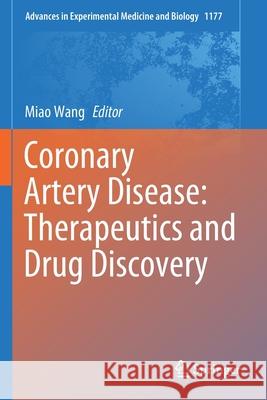Coronary Artery Disease: Therapeutics and Drug Discovery » książka
topmenu
Coronary Artery Disease: Therapeutics and Drug Discovery
ISBN-13: 9789811525193 / Angielski / Miękka / 2021 / 339 str.
Coronary Artery Disease: Therapeutics and Drug Discovery
ISBN-13: 9789811525193 / Angielski / Miękka / 2021 / 339 str.
cena 403,47 zł
(netto: 384,26 VAT: 5%)
Najniższa cena z 30 dni: 385,52 zł
(netto: 384,26 VAT: 5%)
Najniższa cena z 30 dni: 385,52 zł
Termin realizacji zamówienia:
ok. 22 dni roboczych
Bez gwarancji dostawy przed świętami
ok. 22 dni roboczych
Bez gwarancji dostawy przed świętami
Darmowa dostawa!
Kategorie BISAC:
Wydawca:
Springer
Seria wydawnicza:
Język:
Angielski
ISBN-13:
9789811525193
Rok wydania:
2021
Wydanie:
2020
Numer serii:
000253056
Ilość stron:
339
Waga:
0.49 kg
Wymiary:
23.39 x 15.6 x 1.85
Oprawa:
Miękka
Wolumenów:
01
Dodatkowe informacje:
Wydanie ilustrowane











